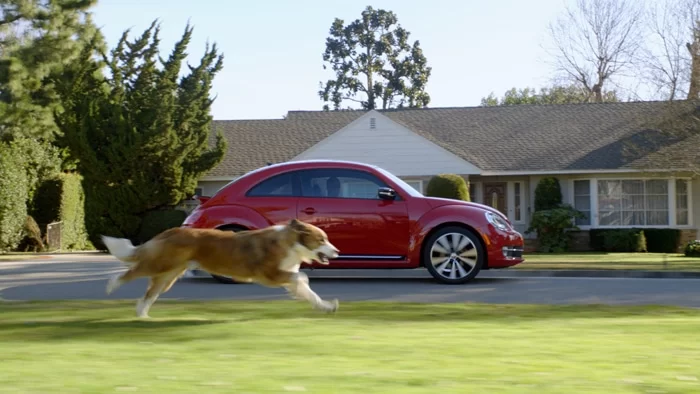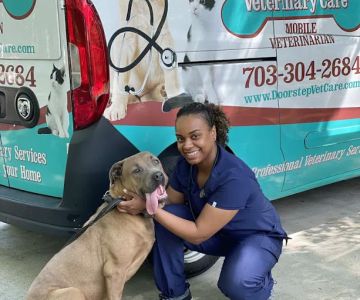- Understanding Dangerous Areas for Dogs
- Effective Dog Training Techniques
- The Power of Positive Reinforcement
- Creating Safe Boundaries for Your Dog
- Real-Life Case Study: Training a Dog to Avoid Dangerous Areas
- Why Expert Help May Be Needed in Dog Training
Understanding Dangerous Areas for Dogs
As a responsible dog owner, it’s crucial to understand what constitutes a "dangerous area" for your dog. These are typically places where there’s a risk of injury, toxicity, or harm to your pet’s health. Dangerous areas may include busy streets, construction sites, bodies of water, or areas with hazardous substances. Understanding these risks is the first step in training your dog to stay away from them.
For example, many dogs are curious by nature and might not be aware of the dangers of running into a busy road or getting too close to hazardous chemicals. Recognizing these high-risk zones allows you to take proactive measures in ensuring your dog’s safety. A combination of vigilance and effective training can significantly reduce the chances of accidents in these areas.
Effective Dog Training Techniques
Training your dog to stay away from dangerous areas requires a consistent approach and patience. The most effective techniques involve positive reinforcement, clear boundaries, and establishing a routine. Here are a few key steps to consider:
1. Establish Clear Boundaries
The first step is to establish clear physical and mental boundaries for your dog. Dogs are quick learners, but they need to understand where they’re allowed to go and where they aren’t. Using commands such as "stay," "no," or "leave it" can be helpful when trying to direct your dog’s behavior. It’s also essential to physically block off dangerous areas using fences or gates whenever possible.
2. Leash Training
Leash training is an essential aspect of keeping your dog under control, especially when near potentially dangerous areas. A properly trained dog on a leash can be safely guided away from harm. Start by practicing basic leash training in a safe, enclosed space before progressing to more challenging environments.
3. Controlled Socialization
Socializing your dog with other pets and people can help them become more accustomed to different environments. However, socializing in dangerous areas can be risky. It’s important to introduce your dog to safe environments first and gradually expose them to areas that may pose a danger. This helps them learn to navigate their surroundings more effectively.
The Power of Positive Reinforcement
Positive reinforcement is one of the most effective methods of dog training. This technique involves rewarding your dog with treats, praise, or playtime when they exhibit the desired behavior, such as staying away from dangerous areas. Consistently rewarding your dog for making the right choice helps reinforce the idea that avoiding harmful areas leads to positive outcomes.
For instance, if your dog avoids a busy street or stays away from an open pool, reward them immediately. This builds an association between avoiding danger and receiving a reward, encouraging them to repeat the behavior in the future. Avoid punishment-based training methods, as they can create anxiety or confusion in your dog.
Creating Safe Boundaries for Your Dog
While training is essential, physical barriers are also a necessary tool in keeping your dog safe. Creating safe spaces for your dog to roam without the risk of encountering dangerous areas is crucial. Some practical tips include:
1. Fencing
Install a secure fence around your yard or any area where your dog is allowed to play. A tall, sturdy fence will prevent your dog from wandering into dangerous areas like busy streets or highways.
2. Safe Zones
Designate specific safe zones where your dog can play and exercise without supervision. These areas should be free from any potential dangers, such as traffic or hazardous materials.
Real-Life Case Study: Training a Dog to Avoid Dangerous Areas
Let’s consider the case of Bella, a Golden Retriever who had a habit of running into busy roads near her home. Her owners were initially worried but decided to take a proactive approach to training. They started by using basic commands such as "stay" and "no" to keep Bella from approaching the road. They also implemented positive reinforcement by rewarding Bella every time she stayed away from the street. Within weeks, Bella learned to associate the road with a negative consequence (no reward) and the backyard with a positive one (treats and praise).
By using a combination of boundary setting, leash training, and positive reinforcement, Bella’s owners were able to keep her safe from the dangers of the road. This case highlights how effective proper training and environmental control can be in preventing accidents.
Why Expert Help May Be Needed in Dog Training
While many dog owners can successfully train their pets on their own, there are times when expert help is necessary. If your dog exhibits signs of aggression or anxiety around dangerous areas, it may be time to consult a professional dog trainer or behaviorist. These experts can provide tailored advice and advanced techniques to address complex behavioral issues, ensuring the safety of your dog.
If you're looking for the right products and services to assist in your dog's safety training, Hidden Brook Veterinary offers a wide range of high-quality training equipment, such as collars, leashes, and training treats, to help you achieve your goals.











